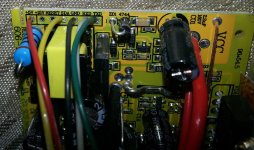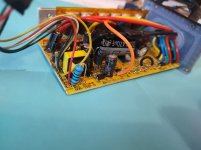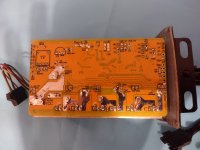pwd
10 kW
I have this Infineon 4 / Xie Chang controller which was advertised as 48V and I've been using it up to 57V without issue. I'd like to get it working on a 72V setup (84V max).




It is programmable via the xpd software.
The good news is that the two largest capacitors and k150e10ne mosfets appear to be rated for 100V. I've read that there may be a resistor that steps down the voltage to a regulator that needs changing when increasing the controller voltage. I've also read that some Infineons don't work that way?
The pad for the blue resistor on the board is marked "R01A 100/1W"
Can anyone advise on if the resistor needs changing and if so how do I determine what to replace it with?




It is programmable via the xpd software.
The good news is that the two largest capacitors and k150e10ne mosfets appear to be rated for 100V. I've read that there may be a resistor that steps down the voltage to a regulator that needs changing when increasing the controller voltage. I've also read that some Infineons don't work that way?
The pad for the blue resistor on the board is marked "R01A 100/1W"
Can anyone advise on if the resistor needs changing and if so how do I determine what to replace it with?

